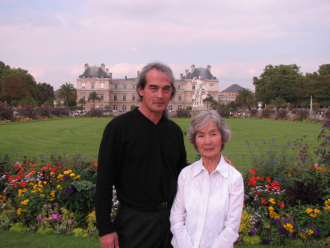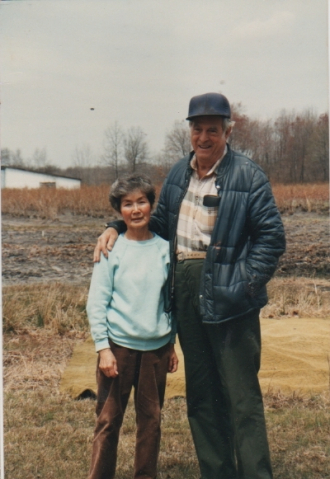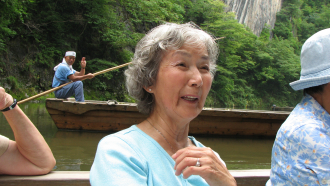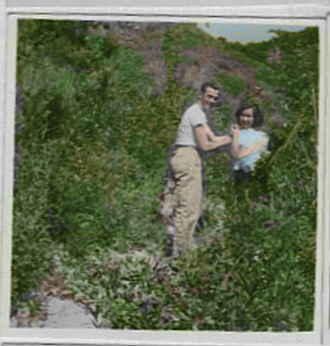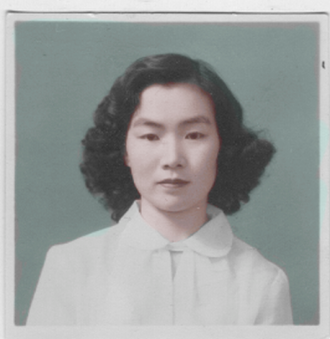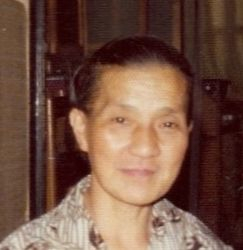Hino Family History & Genealogy
Hino Last Name History & Origin
AddHistory
We don't have any information on the history of the Hino name. Have information to share?
Name Origin
We don't have any information on the origins of the Hino name. Have information to share?
Spellings & Pronunciations
We don't have any alternate spellings or pronunciation information on the Hino name. Have information to share?
Nationality & Ethnicity
We don't have any information on the nationality / ethnicity of the Hino name. Have information to share?
Famous People named Hino
Are there famous people from the Hino family? Share their story.
Early Hinos
These are the earliest records we have of the Hino family.

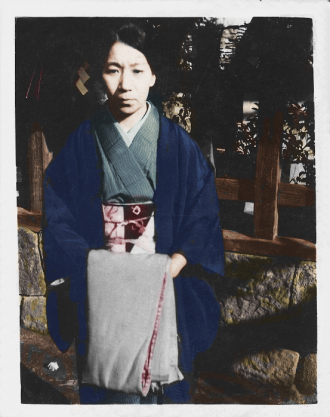
Hino Family Members
Hino Family Photos
Discover Hino family photos shared by the community. These photos contain people and places related to the Hino last name.

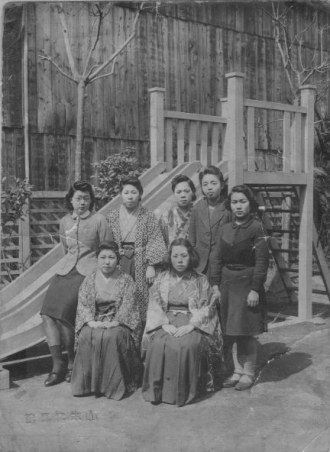

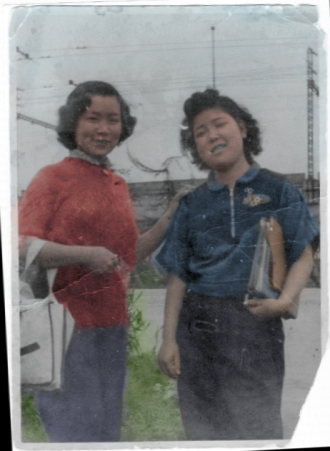



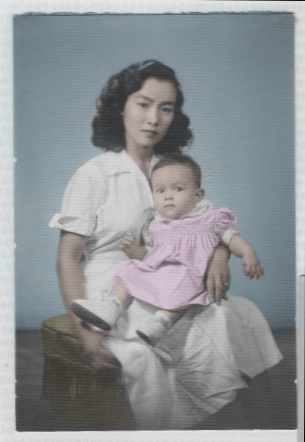
Hino Family Tree
Discover the most common names, oldest records and life expectancy of people with the last name Hino.
Updated Hino Biographies



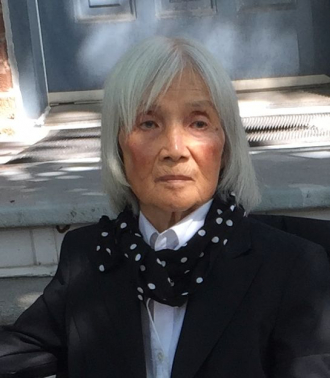


Popular Hino Biographies






Hino Death Records & Life Expectancy
The average age of a Hino family member is 73.0 years old according to our database of 119 people with the last name Hino that have a birth and death date listed.
Life Expectancy
Oldest Hinos
These are the longest-lived members of the Hino family on AncientFaces.
Other Hino Records
Share memories about your Hino family
Leave comments and ask questions related to the Hino family.
Followers & Sources

